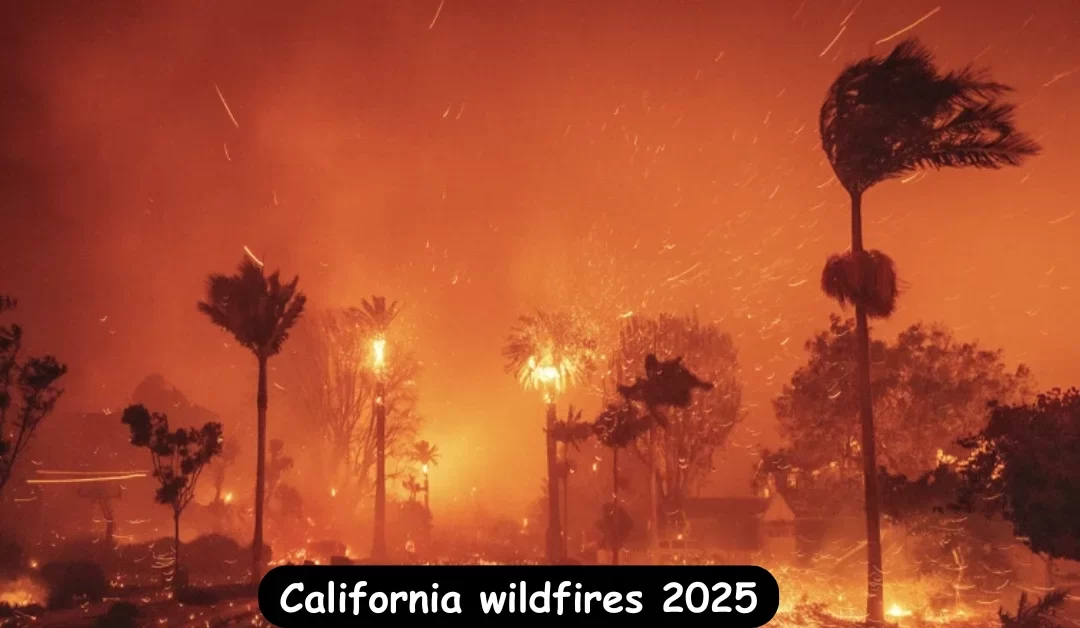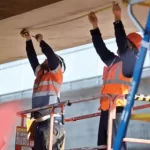California Wildfires Educators and Communities Stand Strong Amid Crisis
Wildfires in California are becoming a more frequent and devastating challenge. In January 2025, fires swept across Los Angeles and surrounding areas, forcing thousands to evacuate and leaving countless families displaced. Amid the chaos, educators and communities worked tirelessly to provide support and comfort to those affected.
The Impact of Wildfires on Communities
Wildfires caused immense destruction, leaving neighborhoods in ashes. Here are some of the main impacts:
- Evacuations and Losses
- Thousands of families had to evacuate their homes.
- Many people lost their homes, belongings, and even loved ones.
- Teachers like Denisha Jordan from the Los Angeles Unified School District witnessed firsthand the emotional toll on students and colleagues.
- Power Outages and Safety Concerns
- Over 400,000 customers faced power outages, including in areas under a Georgia power outage advisory.
- Smoke and poor air quality made living conditions hazardous.
- School Closures
- Wildfires forced the closure of 335 schools, affecting over 211,000 students.
- In some areas, schools suffered structural damage, making it uncertain when students could return.
Educators’ Role During the Crisis
Teachers and school staff played a critical role in supporting students during this challenging time.
- Emotional Support
- Teachers like Jordan emphasized the need for students to process their experiences through conversations and shared activities.
- Creating safe spaces for students to express their emotions was a priority.
- Community Support
- Schools, such as El Camino Real Charter High School, opened as evacuation shelters, providing temporary housing and essentials.
- Staff worked tirelessly to assist organizations like the Red Cross, ensuring displaced families had what they needed.
- Crisis Response Teams
- Districts like Arcadia Unified mapped students in need and offered resources such as food and housing.
- Educators balanced their professional responsibilities while dealing with their personal losses, showing incredible resilience.
The Growing Threat of Wildfires
Wildfires are becoming more frequent and severe due to climate change.
- Unusual Timing
- Experts noted the January fires were driven by dry weather and strong Santa Ana winds.
- Such conditions are uncommon but may become more frequent without preventative measures.
- Preparing for the Future
- Improved fire prevention strategies, such as better management of power lines and community awareness, are critical.
- Educators and policymakers must work together to mitigate the long-term effects of disasters on students.
- Climate Challenges
- Schools near coastal areas also faced challenges from coastal flood advisory warnings, highlighting the diverse threats posed by extreme weather events.
Natural Disasters and Education
The intersection of natural disasters and education creates unique challenges.
- Learning Disruptions
- Research shows that natural disasters can affect students’ academic performance, graduation rates, and college attendance.
- Extended school closures due to disasters like hurricanes or wildfires disrupt the academic calendar, with lasting consequences.
- Remote Learning Challenges
- While remote learning has been a solution in some cases, it is not always feasible during fast-moving crises like wildfires.
- Students displaced from their homes struggle to focus on academics amid uncertainty and emotional stress.
- Collaboration Among Schools
- Nearby districts shared strategies and resources to address immediate needs, showcasing the power of teamwork in times of crisis.
Resilience and Hope
Despite the devastation, communities found hope in their collective efforts.
- Acts of Kindness
- Educators, staff, and neighbors stepped up to help each other, from providing housing to emotional support.































